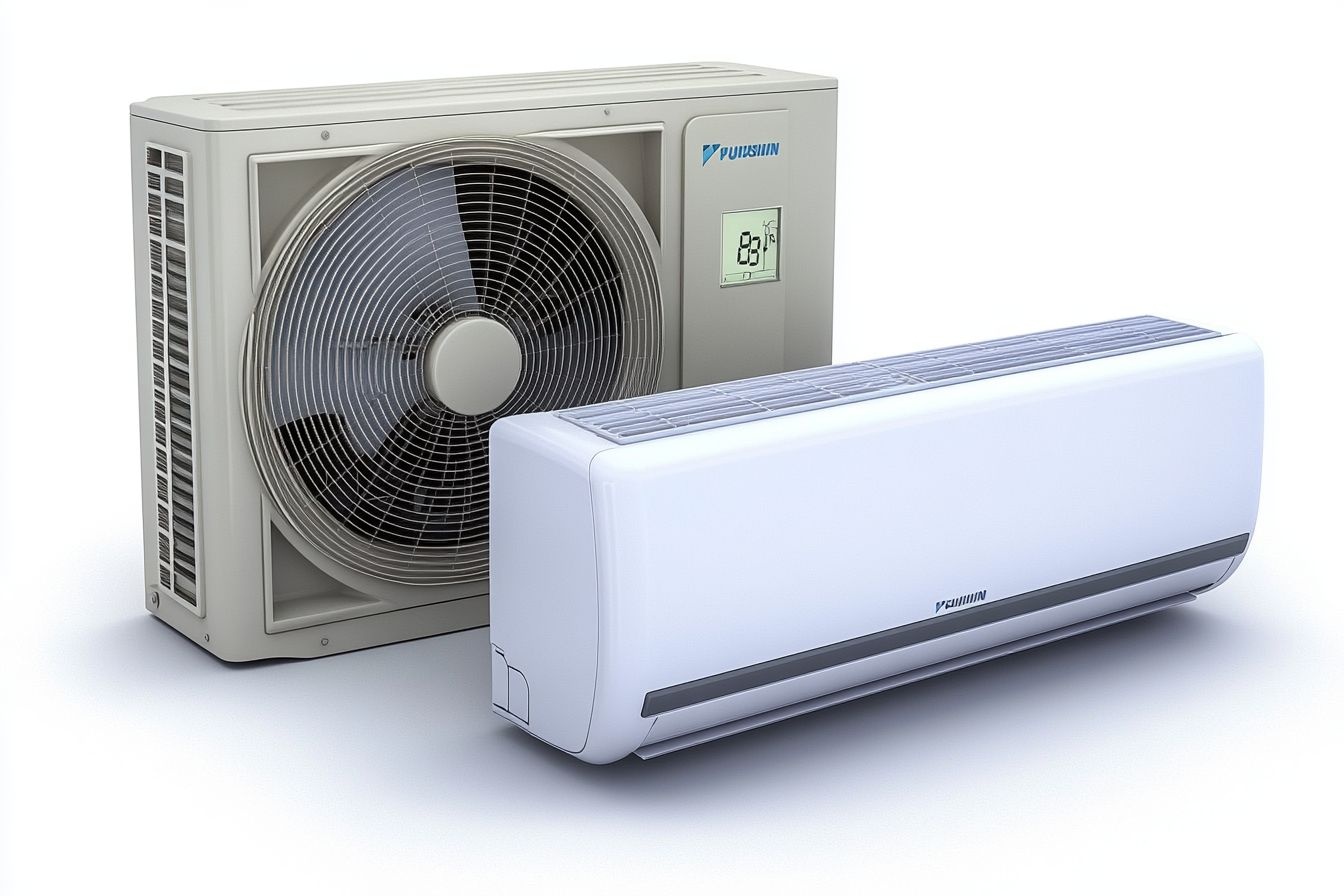Smart Air Conditioner Installation for Reliable Home Cooling
Installing an air conditioner transforms comfort at home, but it involves more than dropping a unit in place. Proper planning, correct sizing, and professional installation protect efficiency, indoor air quality, and system lifespan. Whether replacing an old unit or adding a new cooling option, understanding the key steps and how the system fits into broader home improvement goals helps you make informed choices and work effectively with local services.

Air Conditioner: What to consider before buying
Choosing an air conditioner starts with assessing your home’s cooling needs. Factors include square footage, ceiling height, insulation, window orientation, and local climate. Look at efficiency ratings like SEER (Seasonal Energy Efficiency Ratio) and Energy Star certifications to compare units. For many homes, correct sizing is crucial: an undersized unit won’t cool adequately, while an oversized unit will short-cycle and waste energy. Consider noise levels, warranty terms, and compatibility with existing ductwork or the potential for a ductless mini‑split solution.
Installation: Typical steps and timeline
A professional installation generally follows an evaluation, equipment selection, permit acquisition (if required), and scheduling the installation. On site, installers verify load calculations, electrical capacity, and refrigerant plumbing needs. Outdoor condenser placement, indoor unit mounting, and duct or line set connections are completed before testing and system commissioning. Small systems can be installed in a day; more complex retrofits that include ductwork upgrades or electrical panel work may take several days. Hiring licensed HVAC technicians ensures compliance with local codes and refrigerant handling requirements.
Home Improvement: How AC fits into upgrades
Adding or upgrading an air conditioner often dovetails with other home improvement projects. Sealing and insulating the building envelope, upgrading windows, and improving attic ventilation amplify cooling performance and reduce operating costs. When replacing a unit, consider opportunities to modernize thermostats, enhance zoned control, or improve duct sealing. Thoughtful placement of indoor vents and outdoor condensers also influences landscaping or exterior renovation plans. Coordinating AC work with broader improvements minimizes disruptions and yields better long-term comfort and value.
Cooling System: Types and efficiency differences
Cooling systems range from central split systems and packaged units to ductless mini‑splits and heat pump models that provide both heating and cooling. Central air with ducts is efficient for whole-house coverage, while ductless systems excel in retrofit situations or room-by-room control. Heat pumps are increasingly popular for their year-round efficiency in moderate climates. Evaluate efficiency metrics (SEER, HSPF) and refrigerant type; newer systems commonly use refrigerants with lower global warming potential than older models. Matching system type to your home’s layout and climate is key to achieving efficient, reliable cooling.
HVAC: Maintenance and long-term care
Regular HVAC maintenance preserves performance and extends system life. Routine tasks include replacing or cleaning filters, inspecting ductwork, checking refrigerant levels, and cleaning coils and condensers. Annual professional tune-ups help identify small issues before they become major repairs and can maintain warranty compliance. Keep outdoor units free of debris and ensure proper airflow around condensers. Maintaining service records and following manufacturer recommendations support efficient operation and improve indoor air quality over time. For complex diagnostics or refrigerant handling, always use qualified HVAC technicians.
Conclusion
A successful air conditioner installation balances technical needs, energy efficiency, and integration with existing home systems and improvement plans. Careful equipment selection, proper sizing, and licensed professional installation reduce future problems and improve comfort. Maintenance and thoughtful coordination with other upgrades keep a cooling system operating effectively for years, supporting indoor comfort, energy savings, and the overall value of your home.






